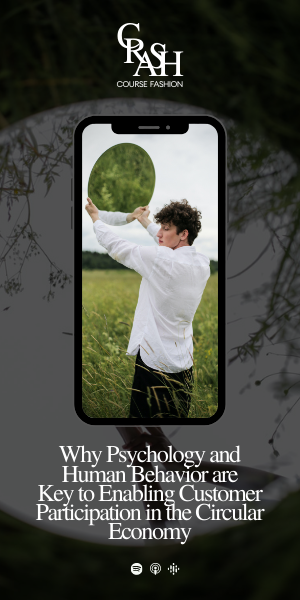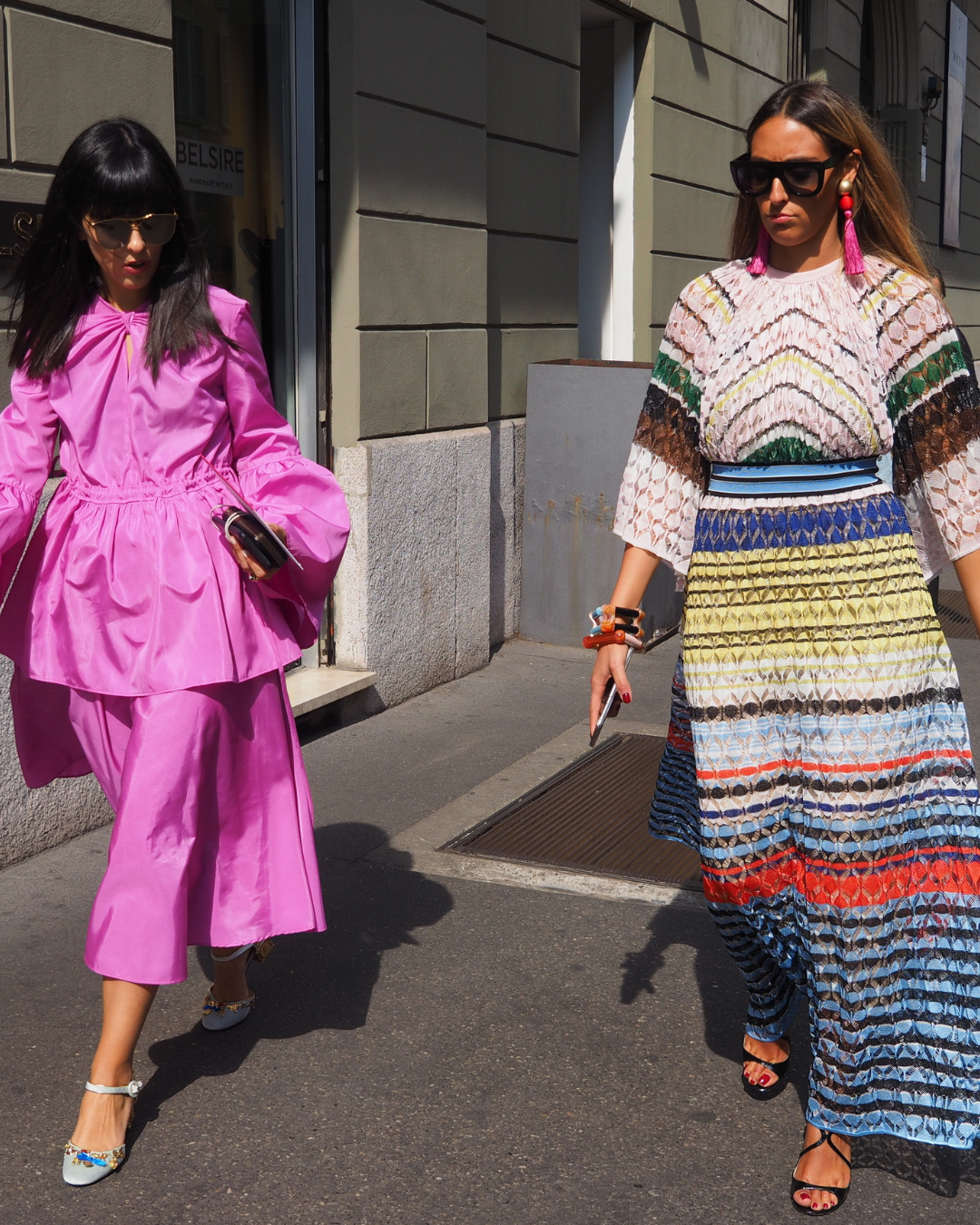Why Psychology and Human Behavior are Key to Enabling Customer Participation in the Circular Economy
Customer participation is a vital component to enabling and scaling circular systems. Conditioned to regard clothing as disposable, how can fashion shift consumer mindsets and create circular customer journeys that make it easy for shoppers to experience and engage in a closed-loop system? In this episode of Crash Course Fashion, hear SFF founder Brittany Sierra in conversation with Kristy Caylor, founder For Days, to discuss why understanding human behavior is essential to 'closing the loop.’
In an effort to meet fashion’s biodiversity and climate goals, the industry has set its sights on becoming circular. This means rather than operating under the current linear model — where we take, make, and waste — instead, fashion would ‘close the loop’ by maximizing the value of products and materials by reusing and repairing them repeatedly before eventually recycling them.
Building and scaling the infrastructure and technology needed to turn old textiles into new ones is a crucial component of a circular model. Additionally, stakeholder participation at every stage of a product’s life-cycle — from design to product care, collection, and end-of-life —is vital to transition the industry into a circular ecosystem.
Customer participation is also a vital component to enabling and scaling circular systems. Conditioned to regard clothing as disposable, how can fashion shift consumer mindsets and create circular customer journeys that make it easy for shoppers to experience and engage in a closed-loop system?
According to For Days founder Kristy Caylor, the answer can be found by understanding human behavior and psychology. In this episode of the Crash Course Fashion podcast, SFF founder Brittany Sierra speaks with Kristy about the root cause of overproduction, whether durability or recyclability is more critical when designing for circular systems, and why understanding human behavior is essential to 'closing the loop.'





